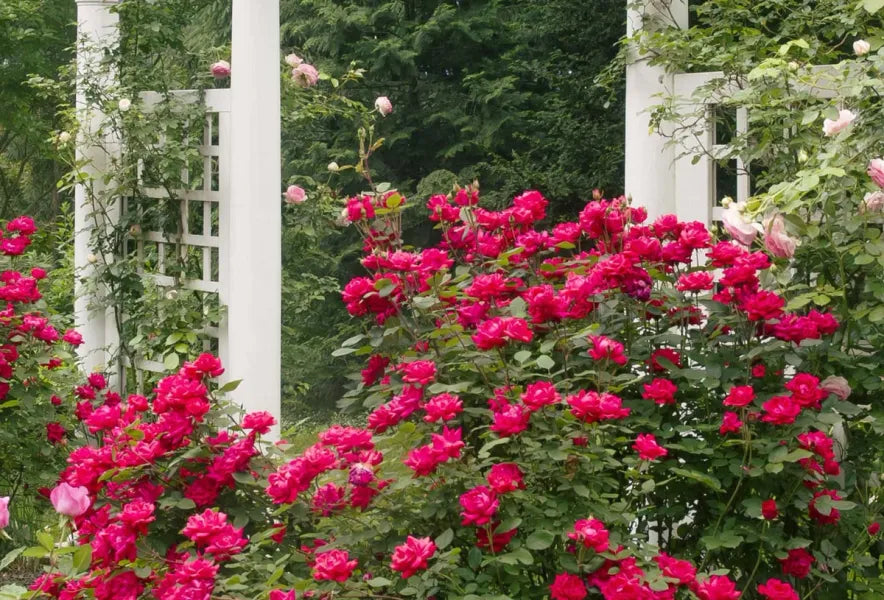
Outdoor Care
Gardening 101: Annuals, Perennials, and Biennials Explained
In the world of gardening and landscaping, understanding the differences between annuals, perennials, and biennials is essential for creating vibrant and sustainable outdoor spaces. In this guide, we’ll explore the different lifespans of plants so you can create a stunning and diverse garden.




